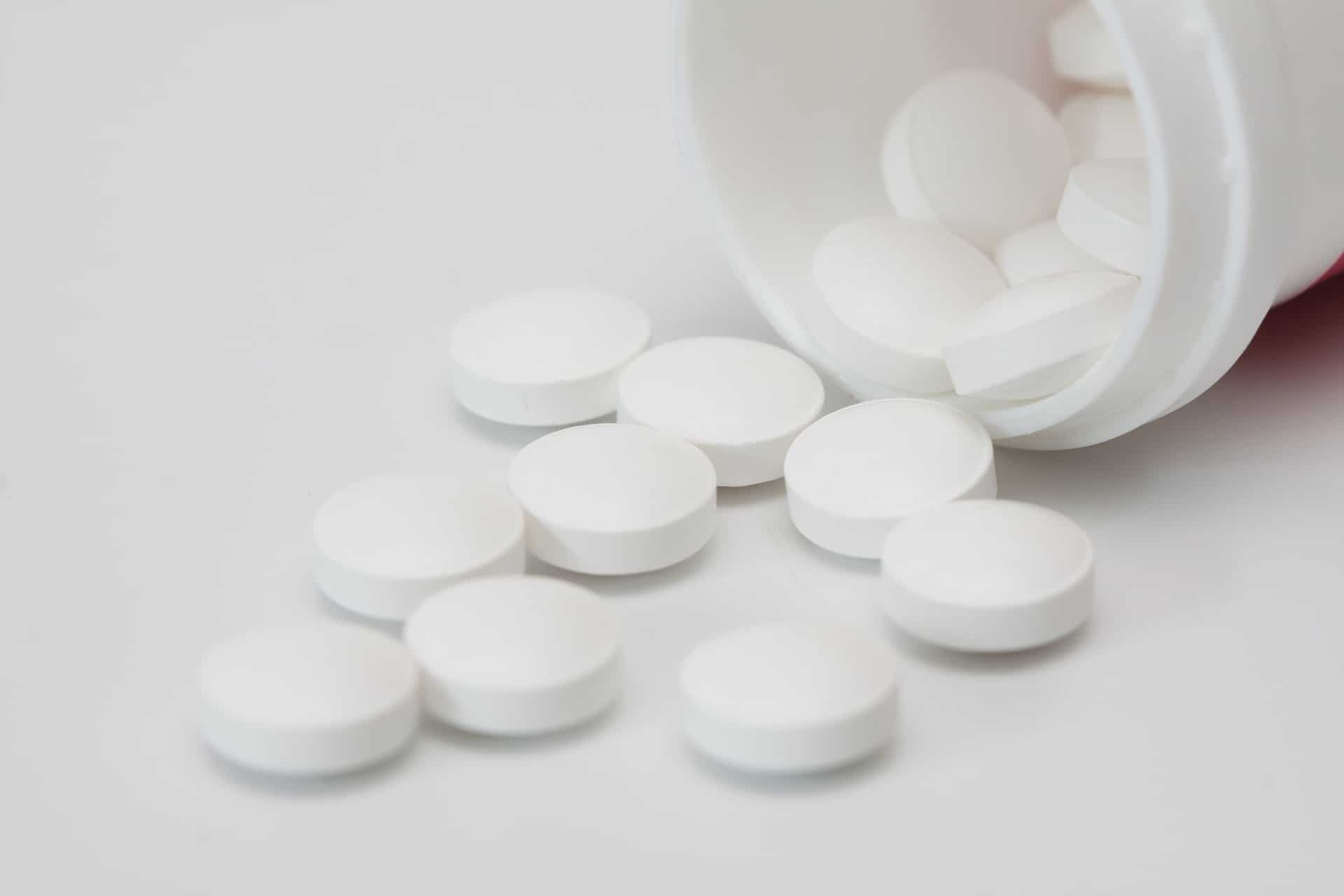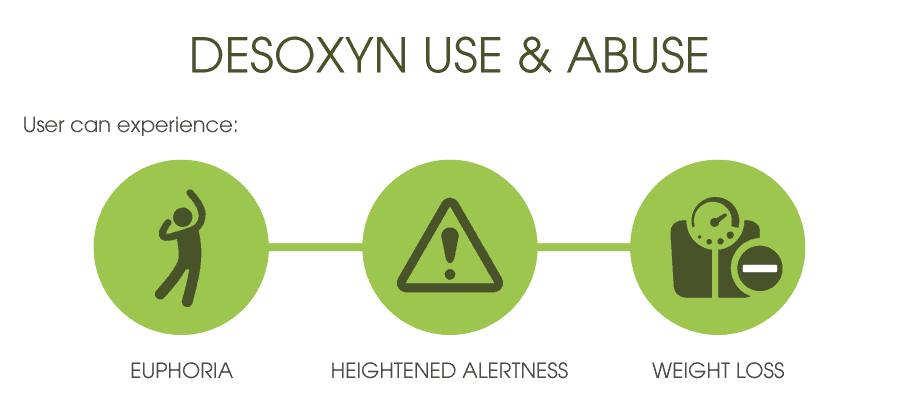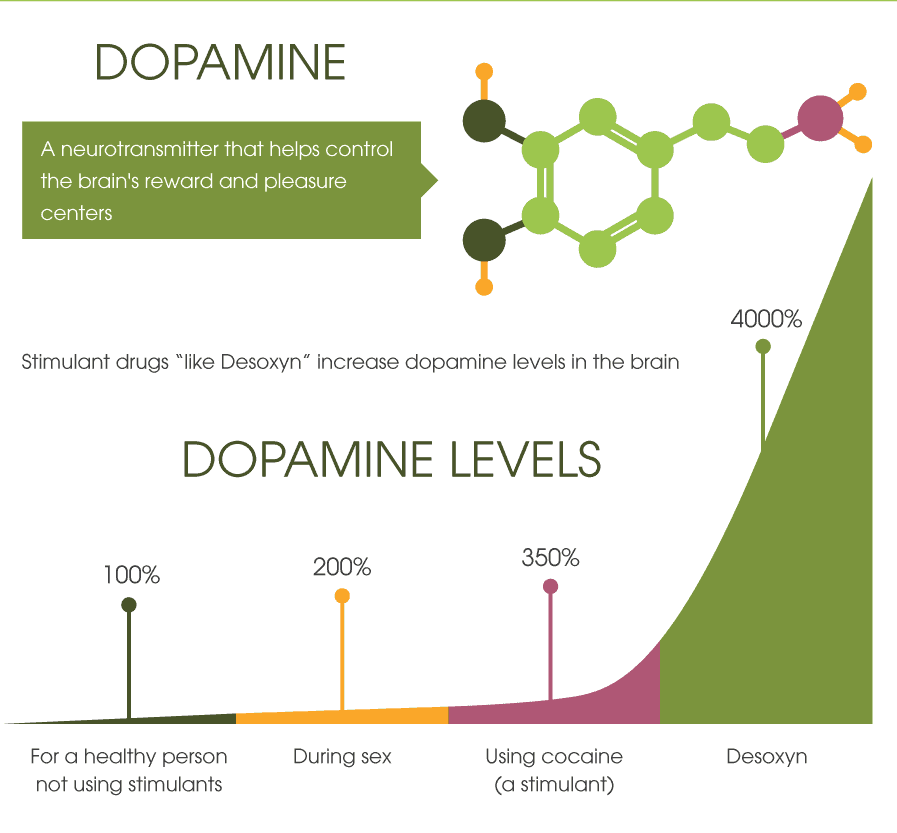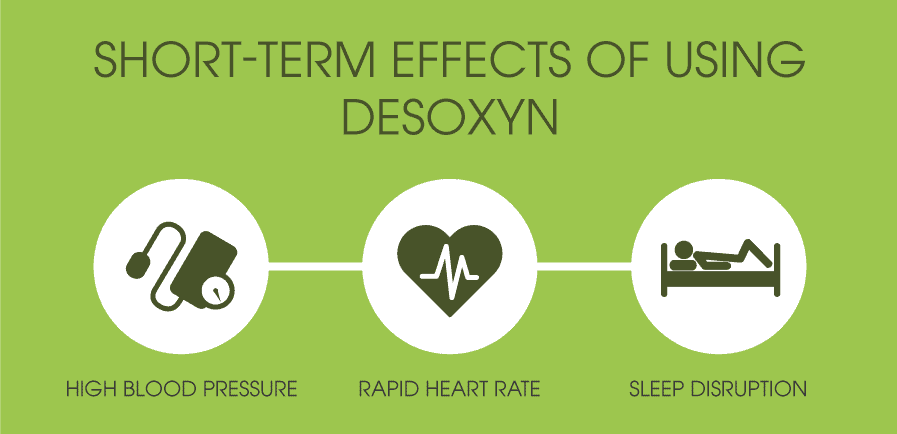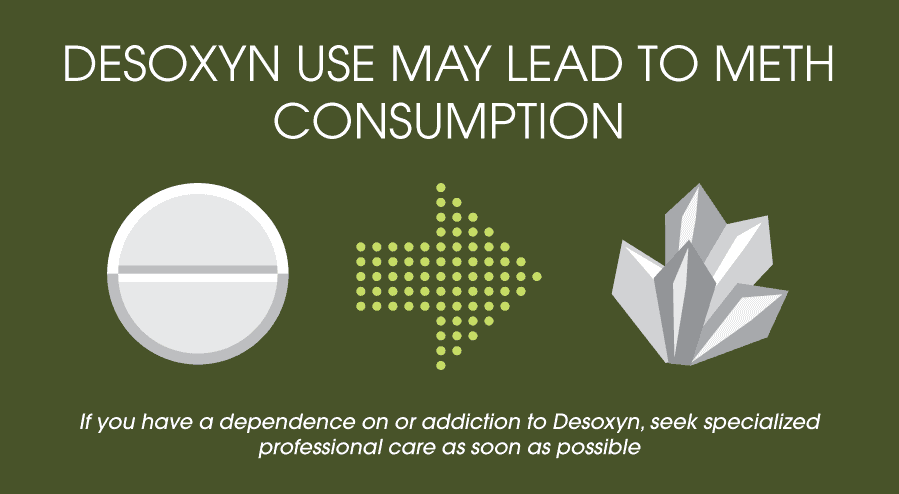Should we be more concerned about Desoxyn—the prescription methamphetamine with a high potential for abuse? Every day, there is another news story about the ongoing opioid epidemic, but while all the focus is on painkillers, there are other prescription medications—like Desoxyn—that are being abused. How bad is the problem? According to the most recent report from the Substance Abuse and Mental Health Services Administration, there are actually MORE treatment admissions for amphetamine-class drugs than there are for prescription painkillers. Dr. Nora Volkow, head of the National Institute on Drug Abuse, has written that up to 30% of all legally-manufactured stimulants in the United States are diverted for nonmedical misuse. This is particularly worrisome because Americans consume approximately 80% of the world’s supply of pharmaceutical stimulants.
“We treat prescription drug addiction and accept many health insurance plans. Take a look at our outpatient program.”
First Things First—What is Desoxyn?
Desoxyn is the brand name for methamphetamine hydrochloride, a prescription-only stimulant medication typically given for Attention Deficit Hyperactivity Disorder or as a treatment for obesity. Although it has very limited use and is not as popular as other better-known medications like Adderall or Ritalin, it is still used often enough to be of significance—according to the Drug Enforcement Administration’s Diversion Control Division, approximately 16,000 Desoxyn prescriptions are filled annually.
Psychostimulant Abuse—The OTHER Prescription Drug Crisis
According to the Drug Enforcement Administration’s 2017 National Drug Threat Assessment, close to 10% of surveyed law enforcement agencies consider controlled prescription drugs (CPDs) as the greatest drug threat in their local area. A quick look at the statistics gives weight to that consideration. Annual drug poisoning deaths involving psychostimulants such as Desoxyn, Ritalin, and Ecstasy:
- 2008: 1302
- 2009: 1632 (+ 25%)
- 2010: 1854 (+ 14%)
- 2011: 2266 (+ 22%)
- 2012: 2635 (+ 16%)
- 2013: 3627 (+ 38%)
- 2014: 4298 (+ 19%)
- 2015: 5716 (+ 33%)
Double digit increases every year. In fact, between 2008 and 2015, the number of psychostimulant-related overdose deaths skyrocketed by 439%!
Desoxyn as a Drug of Abuse
“Administration of methamphetamine for prolonged periods of time in obesity may lead to drug dependence and must be avoided. Particular attention should be paid to the possibility of subjects obtaining methamphetamine for non-therapeutic use or distribution two others…” ~ Official product warning 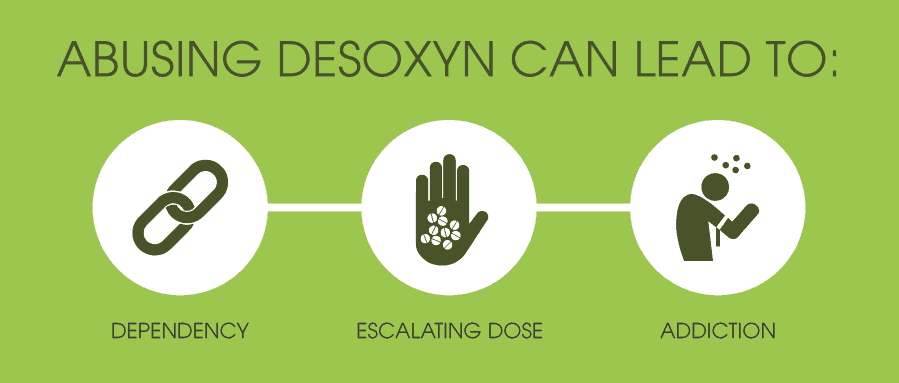
- Binge use
- Drug tolerance
- Escalating dose
- Dependence
- Addiction
Why is Desoxyn So Addictive?
“So, in a sense, crystal methamphetamine is the nuclear weapon in the brain, contrasted to conventional weapons of alcohol, cocaine, and marijuana.” ~ Dr. Petros Levounis, Chair of the Department of Psychiatry, Rutgers Medical School, New Jersey Like other stimulants that are abused recreationally, Desoxyn promotes euphoric feelings of excitement and well-being. It also:
- Triggers increased alertness
- Heightens concentration
- Promotes weight loss—at least initially, although using Desoxyn only provides a fraction of a pound per week benefit over a placebo.
Similar to other abused substances, stimulant drugs increase the dopamine levels in the parts of the brain associated with pleasure and reward. They take over the reward pathways, making the stimulant the most important thing in the world to the addict. For example, in a healthy non-stimulant-using person, dopamine levels typically stay at 100%. But:
- During sex, dopamine levels spike to 200%.
- Using cocaine—a stimulant—bumps those levels to 350%.
- Desoxyn—aka methamphetamine—is BY FAR the most powerful stimulant, and it is also the most-frequently abused. During misuse, dopamine levels skyrocket up to 4000%!
This flood of dopamine explains why meth addicts are compelled to constantly seek and consume the drug—often, to the point that they ignore other normal activities. The problem is worsened by the fact that the chronic abuse of stimulants directly damages the brain’s neurons. This causes:
- Impaired concentration
- Cognitive difficulty
- Memory loss, both short- and long-term
Recovery from Desoxyn/meth abuse is also complicated because there is no proven medication that helps with cravings and withdrawal. This is in direct contrast with other addictive substances such as tobacco, opioids, and alcohol, each of which has FDA-approved pharmaceutical options that aid in recovery. The lack of assistive medications makes the education, counseling, therapy, and support received during drug rehab even more important. Lori Otter, Idaho’s First Lady and Board President of the Idaho Meth Project, says, “It’s a 98 percent first-time addiction drug, so meth is not something you want to mess with.”
What are Some of the Dangers of Desoxyn Abuse?
“Opioids are pretty lethal and can cause death by themselves, but meth is insidious. It kills you in stages and it affects the fabric of society more than opioids. It just doesn’t kill people. It is chaos itself.” ~ Dr. Karen Gunson, Oregon State Medical Examiner The recreational misuse of Desoxyn inflicts terrible damage on the body and mind, considerably altering both in very short order.
- Profuse sweating
- A spike in blood pressure
- Rapid heart rate
- Increased body temperature
- Tremors in the limbs
- Sleep disruption
- Uncontrollable jaw-clenching
- Rambling, incoherent speech
- Loss of focus and concentration
- Obsession with performing repetitive tasks
- Irritability
- Aggression
- Panic
- Paranoia
Those are the “normal” effects of regular misuse. But as that misuse continues to progress to full-blown addiction, the health consequences worsen:
- Drug tolerance – needing ever-increasing amounts of Desoxyn/meth to feel the same desired effects
- Uncontrollable cravings
- Appetite loss – On average, methamphetamine addicts take in 80% less food than non-users.
- Dangerous weight loss
- Malnutrition
- Anorexia
- Delusional thoughts
- Psychosis
- Hallucinations
- “Skin-crawling” sensations
- Skin infections and lesions
- “Meth mouth”
- Muscle wasting
- Brain damage
- Loss of Kidney Function
- Heart problems
- Stroke
- Death
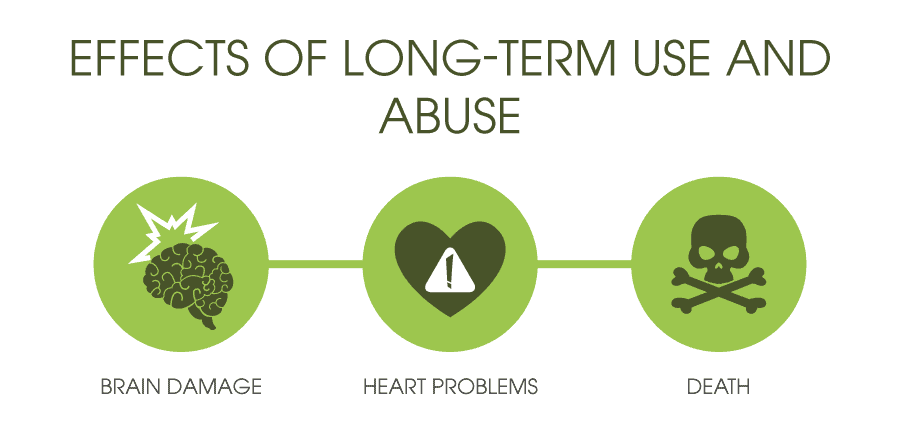
“Get the help you need today. We offer outpatient assistance, so you can maintain your work, family, and life commitments while getting the help you deserve!”
Special Concerns about Prescription Stimulant Abuse
“Occupying a uniquely bizarre place in American culture, let alone medicine, ADHD has become the brain disorder some choose to fake.” ~ Alan Schwartz, ADHD Nation: Children, Doctors, Big Pharma, and the Making of an American Epidemic Although most people think of ADHD as a condition among children, it frequently manifests in adults as well. In fact, as recently as 2014, almost 58% of stimulant prescriptions were written for adults. The misuse of prescription ADHS stimulants is much more common than you might think, especially among young adults. For example, during their four years of college, 62% of students are at some point illicitly offered an ADHD medication for nonmedical reasons. 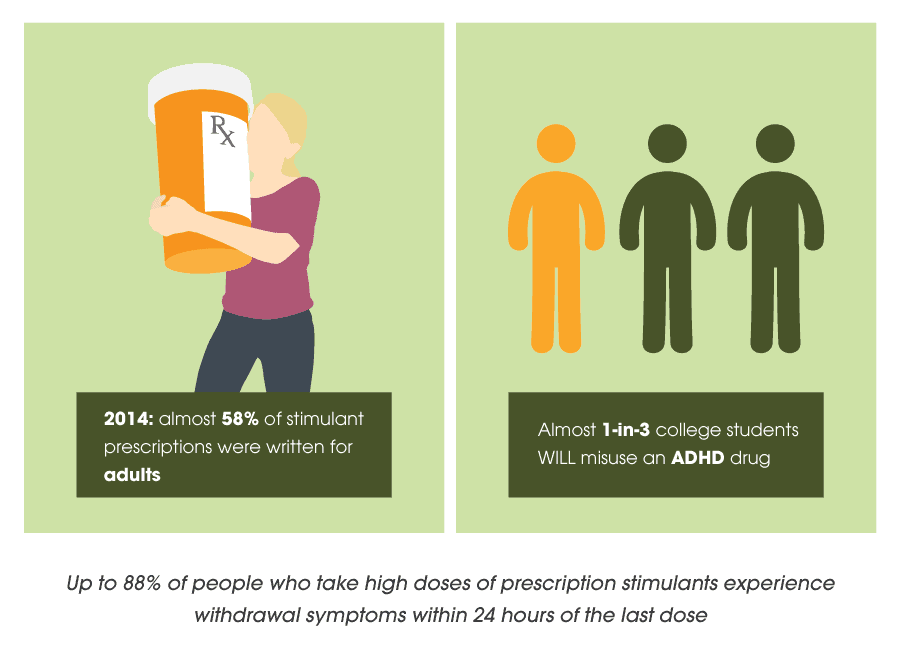
How Weight Loss Efforts Can Lead to Desoxyn Abuse
When examining Desoxyn’s potential for addiction, its use as a weight-loss medication cannot be ignored. Desoxyn is prescribed for lifestyle-induced obesity, and although it does help patients lose weight, it is only slightly more effective than a placebo. Most of the resulting weight loss occurs during the first few weeks, and then very gradually thereafter. The precise mechanism by which Desoxyn promotes weight loss isn’t fully understood. Researchers aren’t sure if the medication helps merely by suppressing the patient’s appetite, or if there is some other characteristic of the drug coming into play. Because Desoxyn is supposed to support other therapies such as diet and exercise, it could be that successful weight loss is chiefly due to positive lifestyle changes. But for many, it is their belief that Desoxyn alone is responsible for their reduction, so they obtain multiple refills and ask their doctor for higher doses. These actions lead to dependence, abuse, and Desoxyn addiction.
The Association between Desoxyn Diversion and Polydrug Abuse
Of special relevance, the nonmedical use of psychostimulants increases the likelihood of abuse involving other addictive substances. Among college-age students who misuse ADHD medications:
- 90% drink heavily
- 80% have used marijuana within the past year
- 45% have misused a prescription opioid
- 29% have used cocaine
- 25% have misused a prescription benzodiazepine tranquilizer
Here’s the potential tragedy—75% of all drug overdoses involve multiple substances, including 98% of those that are fatal.
Desoxyn Leads to Meth
The American Society for Addiction Medicine reports that 80% of heroin addicts started out by misusing their prescription opioid painkillers. 94% of surveyed heroin users say that they switched because prescription pain medications were “far more expensive and harder to obtain”. This same may hold true for Desoxyn and illicit methamphetamine. When a now-drug-dependent person is unable to legally obtain any more refills, they turn to the black market, where the per-pill price can be costly and the supply inconsistent. Illicit street methamphetamine, on the other hand, is ALWAYS available. The Drug Threat Assessment states that 79% of responding law enforcement agencies in the Pacific states—California, Nevada, Washington, Oregon, and Idaho—say that methamphetamine is highly available in their area. Since 2011, the purity of the meth available in America has gone UP, while the price has gone DOWN. Purity has risen from 85.5% to 93.5%, while the price per pure gram has dropped from $98 to $58. What does that mean in terms of an actual current public health problem? To answer, let’s look at two of the aforementioned Pacific states:
- In 2016, US Attorney Wendy Olson said that meth is the biggest drug problem in Idaho.
- Right now, meth-related deaths in Oregon are at an all-time high, surpassing heroin and roughly matching prescription opioids.
Lieutenant Dave Okada of the Salem Police Department, says, “We can’t arrest our way out of this. It’s a societal issue, and what we really need to do is continue with education and prevention efforts. We have a lot of meth on our streets right now.”
“We accept many health insurance plans. You can get your life back in order with our outpatient program today!”
What to Do about Desoxyn Abuse
By any definition, Desoxyn is a potentially-dangerous prescription drug. This potentiality is why it is prescribed so sparingly in favor of other medications. To protect yourself and the people you care about:
- ALWAYS disclose to your prescriber any personal or family history of ANY alcohol or drug abuse.
- Before accepting a Desoxyn prescription, always discuss other options—diet, exercise, counseling, and different medications.
- Insist on a prescription that is for the LOWEST possible dose and the SHORTEST possible duration.
- Take your medication EXACTLY as prescribed.
- NEVER drink alcohol or use other intoxicants while taking Desoxyn, especially other stimulants.
- FOLLOW UP with your doctor frequently.
- If your experience drug cravings or any other withdrawal symptoms between doses, let your doctor know.
Most importantly, if you find yourself struggling with a dependence on or addiction to Desoxyn, seek specialized professional care as soon as possible. Here’s the bottom line: Legally-prescribed or not, meth is meth. Protecting your mental and physical health requires extra attention and caution.
What Did you Think About This Blog?
Give it a Rating!

